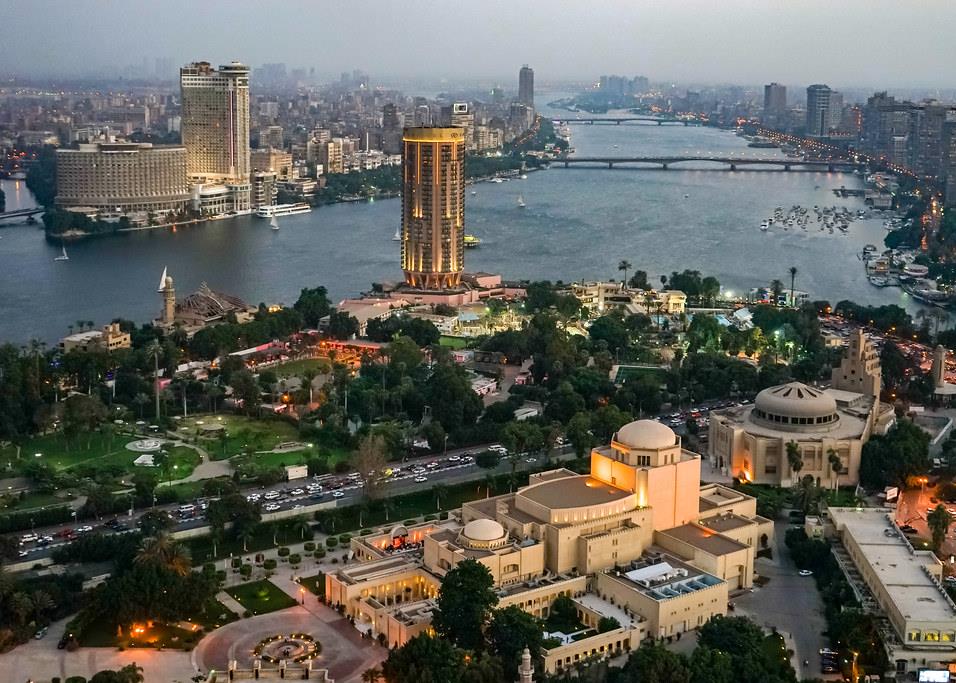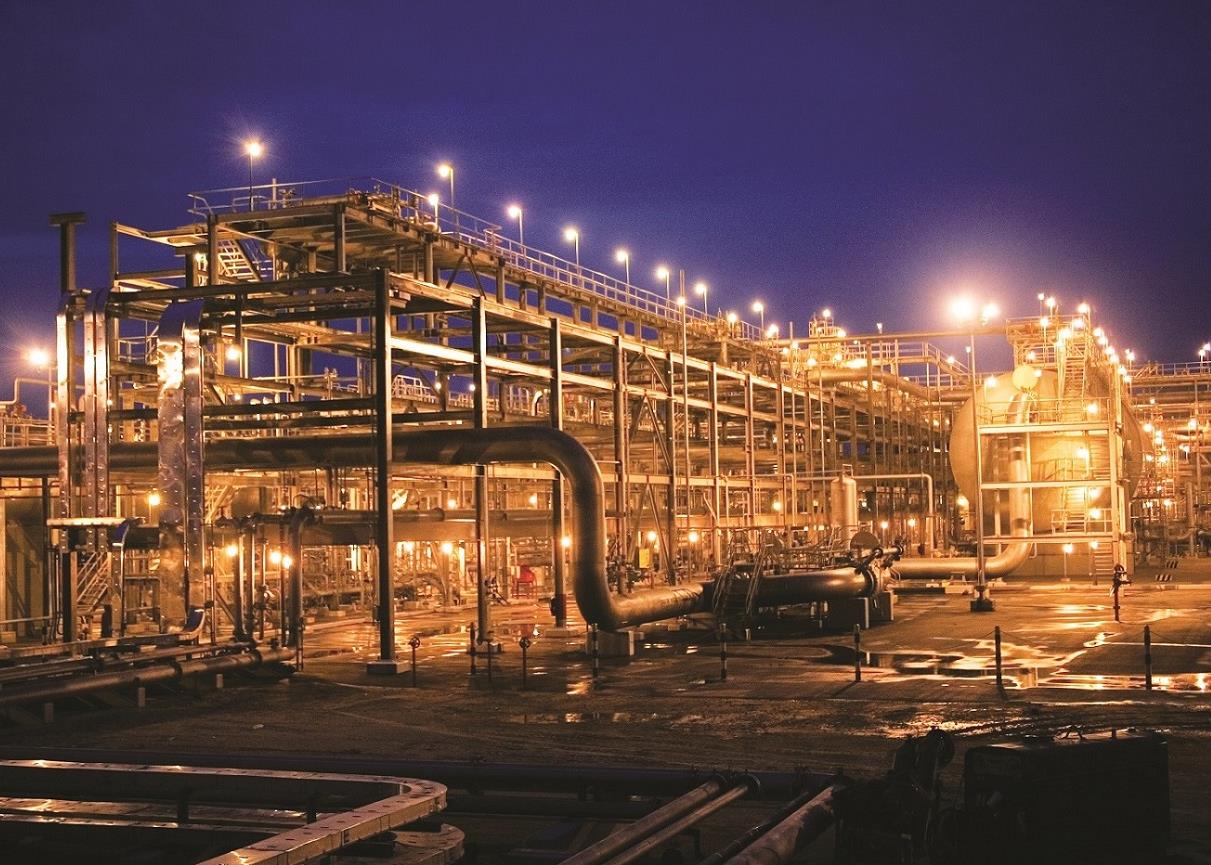
An expanded service sector will be crucial to generating non-oil gross domestic product for governments
When the worlds largest shopping mall opened at the end of 2008, it was at the height of the global credit crunch. In those early months, employees almost outnumbered customers. Fast-forward four years and footfall at Dubai Mall has risen to 65 million a year.
As the emirates economy rebounds, driven by a tourism sector that is welcoming record numbers of visitors, even the worlds largest shopping mall is starting to feel overcrowded. It reflects Dubais success in establishing itself as a retail destination and is a model that other countries in the region are hoping to emulate.
Across the Middle East and North Africa region, about $16bn of mall developments and expansions are planned or under way. From Abu Dhabi to Cairo, developers are hoping to cash in on the demand for new shopping experiences from an expanding population and emerging middle class.
As happened in Europe and the US decades ago, the new malls will change the retail landscape, edging out the traditional, smaller retailers. While that may be lamentable, there are many practical reasons for favouring giant shopping complexes in the Middle East, not least the inhospitable climate. As governments look to diversify their economies away from hydrocarbons, an expanded service sector is an important way of generating non-oil gross domestic product. The malls built today will become important cogs in the economies of tomorrow.
You might also like...

Morocco tenders high-speed rail project
18 April 2024

Egypt resumes power cuts
18 April 2024

Petrofac awards carbon capture sub-contract
18 April 2024

Neom tenders Oxagon school construction
18 April 2024
A MEED Subscription...
Subscribe or upgrade your current MEED.com package to support your strategic planning with the MENA region’s best source of business information. Proceed to our online shop below to find out more about the features in each package.








